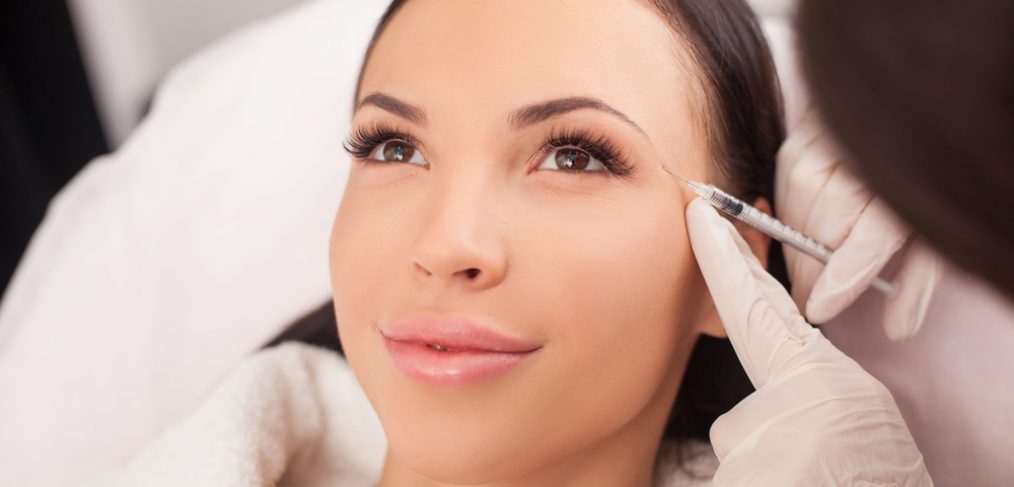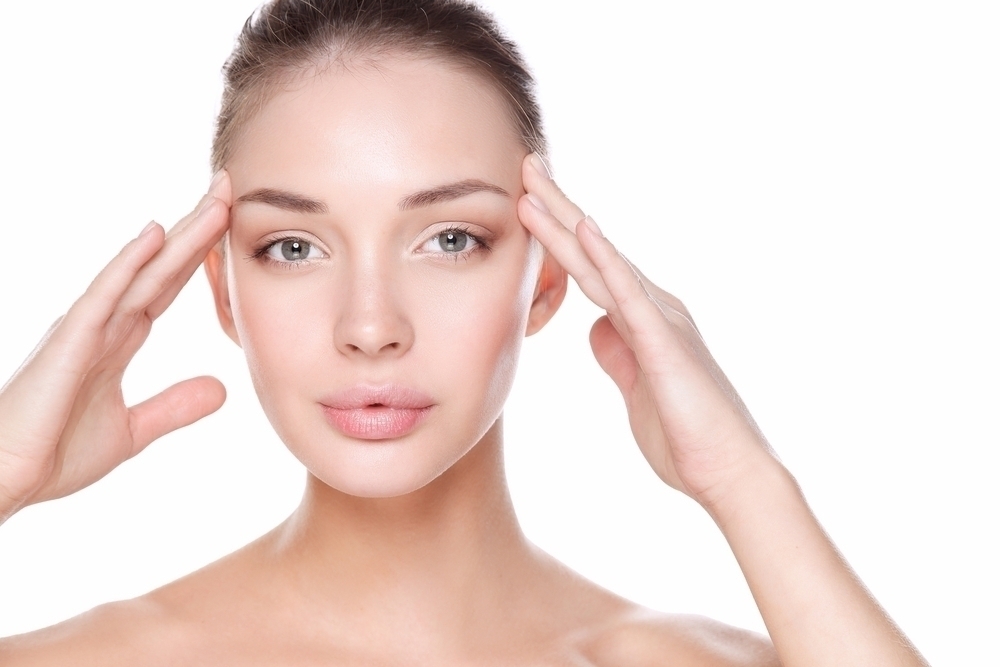Botulinum toxin type A is a biological substance that is produced by specific bacteria. In large doses, botulinum toxin type A can be highly toxic, but when used in very small doses, it can be used to treat a number of medical conditions. Botulinum toxin type A is most frequently referred to as Botox, which is a brand name of botulinum toxin type A. To find out more about what botulinum toxin type A is and how it is used, continue reading.
What is Botulinum Toxin Type A and What Does it do?
Botulinum toxin type A is a neurotoxin that is produced by the bacterium Clostridium botulinum. There are eight distinguishable exotoxins produced by Clostridium botulinum: A, B, C1, C2, D, E, F and G, according to an article published in the Indian Journal of Dermatology. The same article states that “all serotypes interfere with neural transmission by blocking the release of acetylcholine, the principal neurotransmitter at the neuromuscular junction, causing muscle paralysis.” While muscle paralysis sounds like it would be a bad thing, the paralysis is completely reversible, which is why people who use Botox have to go in every few months to maintain results. Botulinum toxin type A has results that last an average of three months. Botox is the primary brand name under which Botulinum toxin type A is sold, however, there are other brands like Dysport and Xeomin (in the UK).
Why is Botulinum Toxin Type A Used?
Botulinum toxin type A is perhaps most famously used for cosmetic purposes as it is an effective way to treat wrinkles. However, botulinum toxin type A is also used “…in the management of a wide variety of medical conditions, especially…various spastic movements, headaches, hypersalivation, hyperhidrosis, and some chronic conditions that respond only partially to medical treatment.”
When it comes to cosmetic uses, there are some misconceptions. Many believe that Botox is helpful in the removal of fine lines, but Botox is only helpful in treating hyperkinetic wrinkles, or wrinkles that are caused by repeated muscle movement. Botulinum toxin type A is an incredibly effective way to reduce wrinkles like frown and smile lines, crow’s feet and mental creases. The rationale behind using Botox for hyperkinetic wrinkles is that motion wrinkles occur due to repeated contractions of your facial muscles. By interfering with the cause of the wrinkles, Botox allows the skin to gradually reform itself, significantly reducing the appearance of the wrinkles. If motion wrinkles were shallow to begin with, Botox can make these wrinkles virtually nonexistent, but deeper set wrinkles may require additional treatment in the form of dermal fillers.
One of the most common concerns surrounding botulinum toxin type A is its safety, but it is generally well tolerated and it produces little to no side effects. Experts recommend choosing your cosmetic surgeon very carefully, because ultimately the effectiveness and safety of Botox injections depends on the skill and expertise of the person who administers the injections. If you are concerned with wrinkles that have been caused by repeated facial movement, then Botox is an excellent option to consider.






